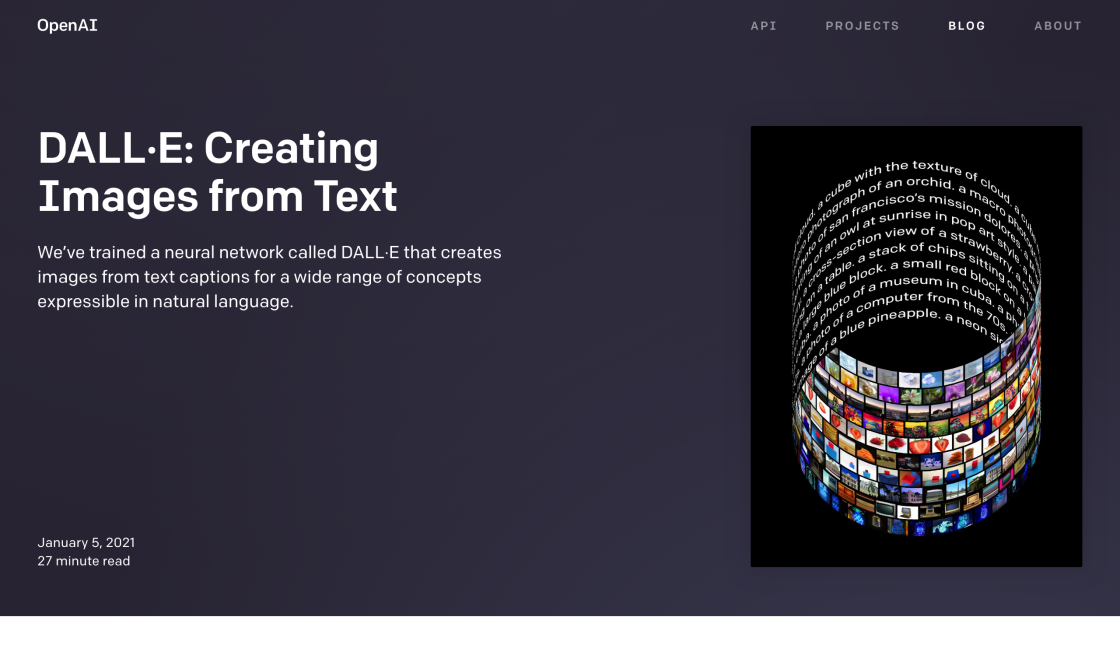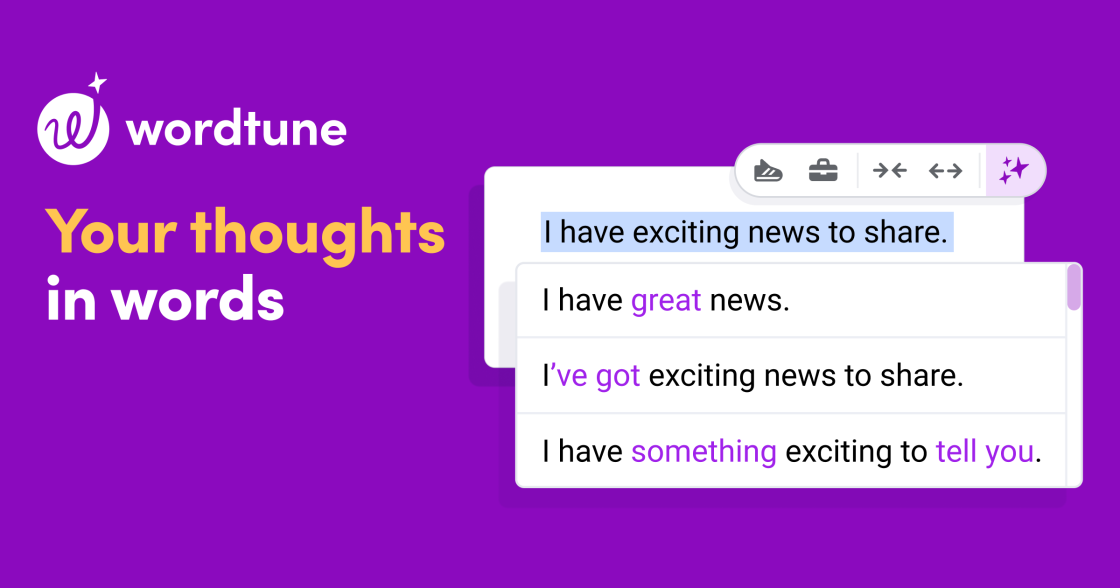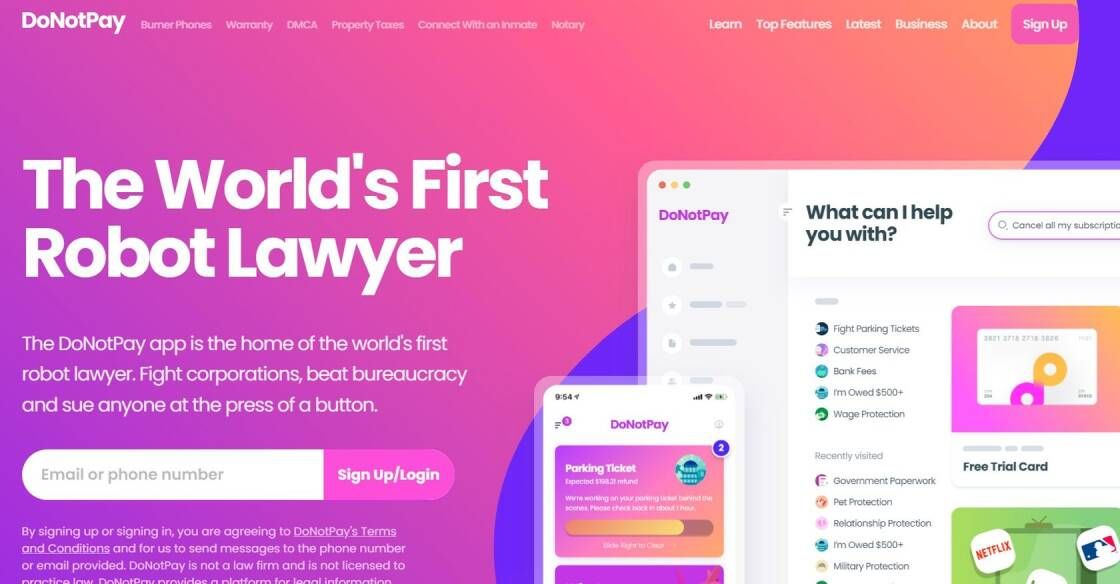

Job Title List is a database of 4000+ job titles with data points that help to understand what jobs are trending right now. Filter by search volume, growth, cost-per-click (for related Google ads), and country.
Scrapy is a web crawling framework that facilitates data extraction from websites. With its open-source and collaborative features, Scrapy offers an effective means of retrieving information for research, analysis, and other purposes. The platform is designed to handle complex tasks, providing structured and organized data in a range of formats. Whether you are a researcher, data analyst, or developer, Scrapy offers a versatile and efficient solution for extracting the information you need from websites.
Amazon Aurora is a cloud-based relational database that offers the best of both worlds. It combines the high availability and performance of traditional enterprise databases with the affordability and simplicity of open-source databases. The software is compatible with MySQL and PostgreSQL, making it an excellent option for businesses that rely on these popular database management systems. With Amazon Aurora, companies can enjoy scalable, secure, and cost-effective solutions that meet their database needs while enjoying the benefits of cloud technology.
Yugabyte DB is a distributed SQL database that offers a unique combination of the key capabilities of both relational databases and NoSQL databases. It provides an innovative approach to data management that is designed to meet the needs of modern, cloud-native applications. With Yugabyte DB, developers can enjoy the benefits of SQL while also utilizing the scalability and flexibility of NoSQL databases. This powerful database solution delivers high performance, fault tolerance, and ease of use, making it an ideal choice for organizations looking to modernize their infrastructure and improve their data management capabilities.
Cardinal is an innovative AI tool that offers a comprehensive solution for product teams to gain a detailed understanding of their products. With Cardinal, sharing key performance indicators (KPIs) across multiple integrated systems like analytics, revenue, marketing, and operations is made easy. This intelligent technology empowers product teams to make informed decisions and optimize their business strategies by providing them with real-time data insights. In this way, Cardinal proves to be a valuable asset for organizations that are looking to enhance their product development and growth.
Finalle is a revolutionary data analytics platform designed to help you stay ahead of the competition. Our powerful platform allows you to quickly analyze massive streams of real-time data and gain valuable insights into what is driving the market. With Finalle, you can quickly identify trends, detect anomalies, and make informed decisions that will give you the edge in today's ever-changing market.

DALL·E By OpenAI
GPT-3 Model for Image Generation

Craiyon
Craiyon, AI Image Generator

Wordtune
Wordtune | Your personal writing assistant & editor

Socratic By Google
Get unstuck. Learn better. | Socratic

FakeYou
FakeYou. Deep Fake Text to Speech.

QuickTools By Picsart
Comprehensive Online Image Tools | Quicktools by Picsart

Donotpay
DoNotPay - The World's First Robot Lawyer

Erase.bg
Free Background Image Remover: Remove BG from HD Images Online - Erase.bg
Neo4j is a powerful tool for managing and analyzing interconnected data. As an open source graph database, it provides a flexible and scalable platform for creating graph-based databases and machine learning pipelines. With Neo4j, users can easily represent complex relationships between entities and extract insights from large datasets. The unique structure of Neo4j allows for efficient traversal and querying of graph data, making it an ideal choice for applications where relationships are key. From social networks to financial systems, Neo4j has been used in a variety of industries to solve complex problems and drive innovation. With its intuitive interface and robust feature set, Neo4j is a valuable asset for any organization looking to gain deeper insights into their data.
Neo4j is an open-source graph database used for creating graph-based databases and machine learning pipelines.
A graph database is a type of NoSQL database that stores data in the form of nodes and edges, which represent entities and their relationships, respectively.
The advantage of using Neo4j is that it is optimized for handling complex and interconnected data and allows for efficient querying and traversal of graph-based data.
Neo4j handles interconnected data such as social networks, recommendation systems, fraud detection, network analysis, and other similar use cases.
Yes, Neo4j is relatively straightforward to use, especially for developers familiar with SQL or Cypher, Neo4j's query language.
Neo4j differs from traditional relational databases in that it is designed specifically for graph-based data, whereas relational databases are better suited for tabular data.
Yes, Neo4j can be used with a variety of programming languages, including Java, Python, Ruby, and .NET.
Common use cases for Neo4j include recommendation engines, fraud detection, network analysis, social networking, and knowledge graphs.
Yes, Neo4j supports machine learning through its integration with popular machine learning libraries such as TensorFlow and scikit-learn.
Yes, Neo4j is highly scalable and can handle large amounts of data and complex queries. It also supports clustering and replication for high availability and fault tolerance.
| Competitor Name | Description | Features | Pricing |
|---|---|---|---|
| OrientDB | An open-source NoSQL multi-model database management system that supports graph, document, key/value, and object-oriented databases. | Graph, Document, Key/Value, Object-Oriented databases | Free Community Edition, Enterprise pricing available |
| ArangoDB | A multi-model database management system that supports document, graph, and key-value data models. | Graph, Document, Key-Value databases | Free Community Edition, Enterprise pricing available |
| JanusGraph | An open-source distributed graph database that supports various graph data models and storage backends. | Supports various graph data models and storage backends | Free Open Source License |
| AllegroGraph | A high-performance graph database that supports RDF/SPARQL and Prolog reasoning. | RDF/SPARQL and Prolog reasoning | Enterprise pricing available |
Neo4j is a highly popular open source graph database that has been designed to represent interconnected data. It is used to create graph-based databases and machine learning pipelines, making it an essential tool for data scientists, software developers, and analysts.
One of the most significant benefits of Neo4j is its ability to store and manage large amounts of connected data, which makes it ideal for use in applications that require complex data relationships. Its powerful graph database engine allows users to easily navigate and explore their data, making it easier to understand and interpret.
Another essential feature of Neo4j is its flexibility. It can be easily integrated with other data management tools and systems, making it a highly versatile solution for a wide range of use cases. Users can also customize its functionality and performance by adding plugins and extensions, making it a highly adaptable tool for various applications.
Neo4j's ability to support complex queries, real-time data processing, and advanced analytics makes it an excellent choice for machine learning pipelines. It can efficiently handle large datasets, making it ideal for use in applications that require fast and reliable data processing.
Overall, Neo4j is an excellent tool for anyone looking to build graph-based databases and machine learning pipelines. Its flexibility, scalability, and powerful features make it an essential tool for data management, analysis, and visualization. So, if you are looking for a reliable and robust database solution, Neo4j is definitely worth considering.
TOP